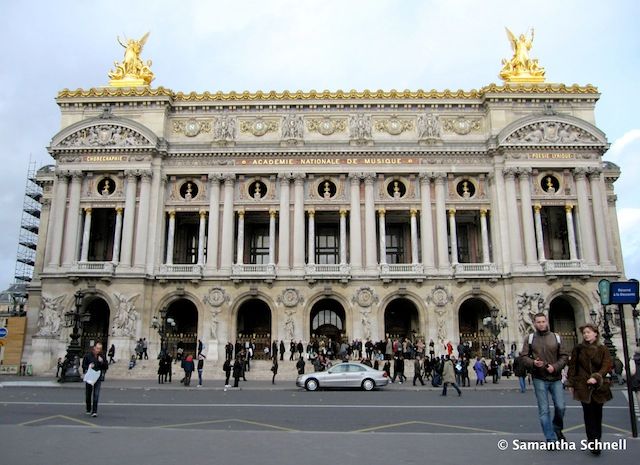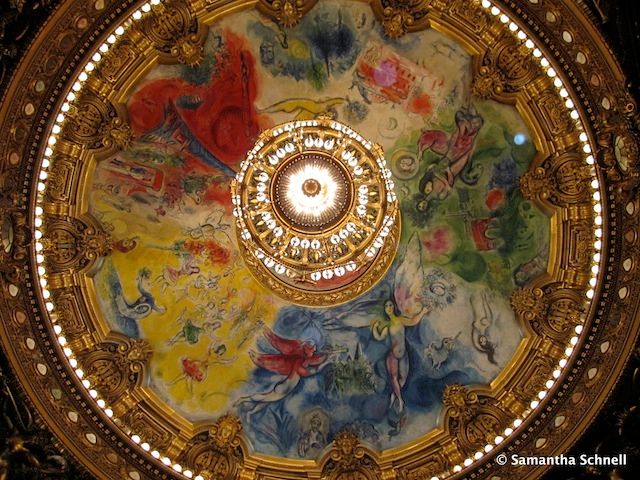NYC’s Forgotten ‘War on Christmas Trees’
Discover how an obscure holiday crackdown affects festive street vendors today!


I visited the Palais Garnier for the first time during my semester abroad in Paris. I was taking a class on the history of Paris through art and architecture, and the professor took us to see the Palais Garnier—one of the most famous opera houses in the world—up close in person. Standing in front of the building, the professor rolled his eyes and sighed. “The architecture is so garish,” he scoffed. “Just look at this statue on the façade: seashells, naked cupids, tambourines, flowers…it’s so over the top!”

It was a fair point—I’ve never been a huge fan of naked cupids and tambourines—but I had to disagree. I liked that the Palais Garnier was over the top; it was opulent, magnificent and thrilling. When I entered the grand foyer a few weeks later, having scored a ticket to the ballet, I felt as though I had transformed into an elegant opera-goer from the 19th century. I could have sworn there was a horse and carriage waiting for me outside, even though I was wearing sneakers and jeans. I walked up the great, yawning staircase and emerged into the auditorium, where everything was gilded and sumptuous. Looking up, I gazed at the colorful dome painted by Marc Chagall; hanging from its center was a giant bronze and crystal chandelier which, at seven tons, weighs roughly the size of an elephant. I couldn’t help but think of the famous scene from The Phantom of the Opera, set in the Palais Garnier, in which the chandelier comes crashing down.
The Palais Garnier was one of the most expensive building commissioned by Napoleon III during the Second Empire. After 14 years of construction, it opened to the public in 1875. It features prominently in Marcel Proust‘s masterpiece In Search of Lost Time, where aristocrats and intellectuals go to see and be seen. The Palais Garnier looks much the same today, save for a few changes. After the fall of Napoleon, the lettering on the front, “Académie Impériale de Musique,” was changed to “Académie Nationale de Musique” (see slideshow). In 1964, Chagall’s painting, depicting scenes from 14 famous operas, replaced the dome’s original design by the painter Eugène Lenepveu.Chagall’s dome received mixed reviews from critics and Parisians; while some celebrated its modernity, others felt that it didn’t fit in with building’s original 19th century vision.
In 2011, the Palais Garnier opened a restaurant designed by the French architect, Odile Decq. Decq had to work under a set of challenging restrictions; she wasn’t allowed to design anything that would touch the building’s original walls, ceiling or columns. As a result, she created “the phantom,” a smooth, white mezzanine that floats above the rest of the dining room. “If you think of a phantom,” the architect explained, “it is sliding in space but not touching space.” Decq’s restaurant has a modern, 1960s vibe and yet, with its undulating forms and deep, velvety reds, it complements Garnier’s original vision.
Scroll through our slideshow to see the Palais Garnier in photos, prints, drawings and paintings through the years.
Subscribe to our newsletter